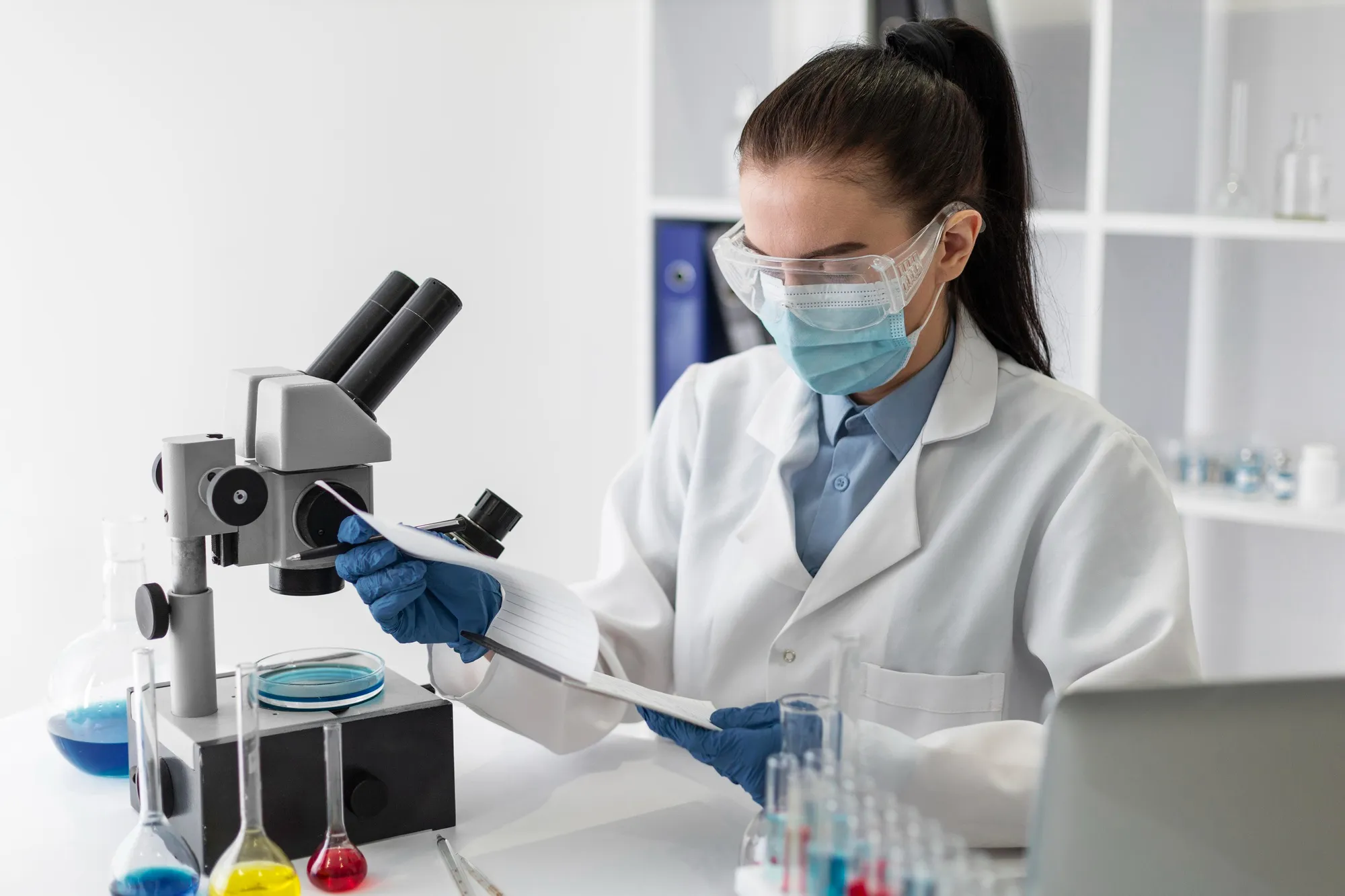Introduction
Over the past few years, scientific advancements have allowed researchers to study highly pathogenic microorganisms safely within specialized facilities known as Biosafety Level 4 (BSL-4) laboratories. As these pathogens pose severe risks to human health and have no known preventive measures or treatments, the utmost safety precautions are necessary to prevent laboratory-acquired infections. A significant development in this area is the introduction of advanced personal protective equipment (PPE), such as positive pressure protective suits. The recent construction of a suit-type BSL-4 lab in Nagasaki University marks a milestone in Japan’s commitment to conducting critical virological research under the highest safety standards. This article delves into the intricate selection process and features of the novel positive pressure protective suit, PS-790BSL4-AL, designed for Nagasaki University’s cutting-edge laboratory.
Japan’s Leap Forward in Biosafety
The deployment of BSL-4 labs across more than 60 locations worldwide has been instrumental in understanding and containing threats posed by deadly viruses. It wasn’t until 2021 that Japan inaugurated its first suit-type BSL-4 lab at Nagasaki University. This move was imperative for the Asian region, considering the increasing emergence of infectious diseases. The laboratory was equipped with the latest biosafety measures and sophisticated positive pressure suits, a result of meticulous research and innovation.
The Development of PS-790BSL4-AL Suit
The positive pressure protective suit is a primary barrier, encapsulating researchers in an air-tight gear that prevents pathogens from making contact with the skin or being inhaled. Shintaro Shichinohe from the Department of Molecular Virology at Osaka University’s Research Institute for Microbial Diseases recounts the thorough selection process undertaken by Nagasaki University to identify the ideal protective suit tailored to their laboratory’s specific needs.
According to the article published in Uirusu, the meticulous journey included an exhaustive evaluation of features such as durability, flexibility, comfort, and, most importantly, the suit’s efficacy in shielding laboratory personnel from lethal pathogens. After a deliberate selection process, the PS-790BSL4-AL suit was chosen, recognized for being a substantial advance over pre-existing gear. This suit represents a hallmark of Japanese design and production, innovated to meet the high demands of BSL-4 lab work.
Unique Features of the PS-790BSL4-AL Suit
The newly developed PS-790BSL4-AL suit, generated to provide unparalleled safety to researchers at Nagasaki University’s BSL-4 lab, incorporates several key features:
1. Enhanced Positive Pressure System: Ensuring that the suit maintains a constant outflow of air to prevent pathogen ingress.
2. Material Durability: Utilization of resistant materials that stand up to rigorous decontamination procedures and frequent usage.
3. Mobility and Comfort: Ergonomic design to facilitate the ease of movement and reduce wearer fatigue during long hours of operation.
4. Visor Clarity: High-quality face shield for clear visibility, crucial for detailed laboratory work.
5. Sealing and Attachment Mechanisms: Reliable and user-friendly attachment systems to maintain an airtight seal and rapid dressing and undressing procedures.
Publication and Implications
The study, “Development of a positive pressure protective suit for BSL-4 laboratory,” published in the esteemed journal Uirusu, under the DOI: 10.2222/jsv.72.131, provides an in-depth glimpse into the development of this state-of-the-art protective gear. Shintaro S. Shichinohe’s work emphasizes not only the technical features but also the significance of the suit in bolstering laboratory safety standards. This publication represents a key reference point for other BSL-4 facilities worldwide to enhance their protective measures.
The global relevance of Japan’s initiative cannot be understated. With an increasing threat from emerging infectious diseases and the recent experiences from the COVID-19 pandemic, the scientific community is keenly aware of the need for robust PPE for frontline researchers. The next-generation PS-790BSL4-AL suits set a new precedent in laboratory safety equipment, positioning Japan at the forefront of biosafety innovation.
Conclusion
The PS-790BSL4-AL suits, now a primary defense mechanism for scientists at Nagasaki University’s BSL-4 lab, signify an exciting breakthrough in the containment and study of deadly pathogens. As the international scientific community enhances collaboration to combat infectious diseases, Japan’s accomplishments in PPE innovation serve as a benchmark for research safety worldwide.
References
1. Shichinohe, S. (2022). Development of a positive pressure protective suit for BSL-4 laboratory. Uirusu, 72(2), 131-138. DOI: 10.2222/jsv.72.131
2. Richmond, J. Y., & McKinney, R. W. (Eds.). (2007). Biosafety in Microbiological and Biomedical Laboratories (5th ed.). U.S. Department of Health and Human Services.
3. Le Duc, J. W., Anderson, K., Bloom, M. E., Estep, J. E., Feldmann, H., Geisbert, J. B., … & Jahrling, P. B. (2015). Framework for Leadership and Training of Biosafety Level 4 Laboratory Workers. Emerging Infectious Diseases, 21(12), e151591.
4. Kortepeter, M. G., Martin, J. W., Rusnak, J. M., Cieslak, T. J., Warfield, K. L., Anderson, E. L., & Ranadive, M. V. (2008). Managing potential laboratory exposure to Ebola virus by using a patient biocontainment care unit. Emerging Infectious Diseases, 14(6), 881.
5. Huggins, J. W., Greenfield, R. A., & Sobel, A. L. (2007). Laboratory-acquired infections and biosafety in clinical and public health laboratories. In Koenig and Schultz’s Disaster Medicine: Comprehensive Principles and Practices.
Keywords
1. BSL-4 positive pressure suit
2. Biosafety Level 4 lab Japan
3. Nagasaki University BSL-4
4. Protective suits pathogen research
5. PPE design innovation biosafety
